How Are These Ads Different
I've e'er been a little leery of proclaiming anything "the best." I never declared anyone my best friend equally a kid because I was afraid my other friends might presume I thought less of them. So it was a little hard for me to come up with simply one "best" advertisement of all fourth dimension — which is why there are 18 in this post instead. What makes these some of the all-time ads of all time? Because of the But to know what makes an advertisement neat, you first need to know how an advertisement is defined. Advertisements are written or visual messages dedicated to promoting a specific product, service, or campaign. Businesses can pay the owner of a channel or platform that reaches a like audience to broadcast this message. Ii of the biggest challenges in advertising are measuring the value of the advertizing and ensuring it resonates with the right people. As you tin can imagine, in that location are numerous types of advertisements — all of which run in unlike mediums, on different channels, and take different goals in mind for their business. People can annunciate anywhere, and today'due south all-time type of ad might not be the best type tomorrow. Here are four basic examples of advertising from the by few centuries (yikes), from earliest to latest. The first print advertizement ran in England in 1472, according to Infolinks. Since then, this blazon of advertising has become available in newspapers, magazines, brochures, billboards, flyers, and similarly portable methods of carrying a brand's message to its platonic stop user. In this ad method, the advertiser pays the publisher to place their advertising in the publication. Radio advertising dates back to 1920, when the commencement commercial radio stations were launched in the United States. Today, radio is nonetheless a relevant marketing and advertizing platform for expanding the accomplish of a sponsored event or new production. In this ad method, the advertiser pays the radio station to play their ad during designated breaks between music or a radio prove. Television ads originated in the 1940s with the promotion of practical items and political campaigns. Advertisers can now apply television to promote nutrient, toys, stores, business services, and more — both to local TV channels and to national circulate networks. In this advert method, the advertiser pays the regional or national Television receiver network to show their ad during designated breaks in the network's regular programming. Internet advertising took root in the mid 1990s with the launch of "banner" advertisements for various telecommunications companies. These ads are placed in interstitial spots on a webpage. In this advertizing method, the advertiser pays the website owner to place their advert in exposed spaces that are peripheral to the website'southward own content. Cyberspace advertising has gone on to include video, search engine marketing, sponsored social media posts, and more. But, equally you know, the advertising types to a higher place take evolved dramatically since their respective origins. What were once quite one-dimensional messages now bear clever, funny, or profound undertones that brand the ads memorable years later they offset ran. So how do yous create an advertising strategy that resonates? This blog mail service is dedicated to the ads and campaigns nosotros can learn from. But, first, an important stardom: An advertising campaign is a grouping of similar ads with a unified tone or message. The advantage of a campaign over a standalone ad is the power to push button the same idea in different ways, beyond multiple mediums, and for a longer period of time without getting too repetitive or stale for the audience. Use HubSpot'southward free Advertizing Campaign Kit to plan out your advertising project and learn more near which advertisement type is the all-time for your projection. Without further do, hither they are in no particular order: 18 of the best advertisements of all fourth dimension and the lessons nosotros can larn from them. Did you lot know It was a hit. In 1988, Nike sales were at $800 million; by 1998, sales exceeded $9.2 billion. "Only Exercise It." was short and sweet yet encapsulated everything people felt when they were exercising — and people withal feel that feeling today. Don't want to run 5 miles? Just Exercise It. Don't When yous're trying to determine the best way to present your brand, ask yourself: What trouble are you solving for your customers? What solution does your product or service Big brands are often hard-pressed to do something ground-breaking when they're already so big. So, what did Coca-Cola do to appeal to the masses? They appealed to individuals — by putting their names on each bottle. The Share a Coke campaign began in Commonwealth of australia in 2011, when Coca-Cola personalized each bottle with the 150 most popular names in the country. Since then, the U.S. has followed suit, printing start names across the forepart of its bottles and cans in Coke'southward branded font. You lot tin even order custom bottles on Coke's website to request things like nicknames and higher logos. Information technology was a breaking story beyond the marketing and advert industry. Many consumers were enchanted by it, while others were confused by information technology — why brand a temporary item so personal? Pepsi even released counter-ads soon after the entrada launched. Nevertheless, Coke received immediate attention for it. Coke fans are regular buyers, and the company leaned into that sense of private ownership with full force. Wondering what name you'll get out of the vending machine was a fun thrill in and of itself — even if it isn't yours, it encourages you to "share a Coke" with whomever's name is on the front. Despite having no distinct shape, Absolut fabricated its bottle the most recognizable bottle in the world. Its entrada, which featured impress ads showing bottles "in the wild," was and then successful that they didn't stop running information technology for 25 years. It's the longest uninterrupted ad entrada always and comprises over one,500 divide ads. I guess if it ain't broke, don't fix it. When the entrada started, Absolut had a beggarly two.5% of the vodka market. When it concluded in the late 2000s, Absolut was importing 4.5 million cases per No matter how boring your product looks, information technology doesn't mean you lot can't tell your story in an interesting manner. Let me repeat: Absolut created 1500 ads of 1 bottle. Be determined and differentiate your product in the aforementioned style. When'south the last fourth dimension an advertising literally changed the way nosotros talk to i another? Allow me to answer that question with some other question: "Whassup?!" This series of commercials, which starting time appeared in belatedly 1999, features a group of friends connecting on a group phone call (we don't practise those much anymore, practise nosotros?) while drinking beer and "watching the game" on TV. It starts gently: "What are yous doin'?" Someone asks. "Watching the game, havin' a Bud" (a Budweiser), someone replies. Equally more friends pick up the phone, the hilarity ensues: "WHASSUP!?" is yelled back and forth, becoming a classic catchphrase and an icon of beer-drinking civilization that ran constantly on sports networks over the next few years. The ad took pop culture past storm during the Super Bowl in 2000, and yous can still hear its echoes today. Why? Anheuser-Busch showed us just how silly and informal an advertizement tin can be without ruffling feathers or going off-brand. Dare to celebrate your audience's absurdities. The more genuine your ad is, the more valuable your product is. Source: BuildingPharmaBrands blog Retrieve it's easy to create a whole new market for your production? The Miller Brewing Company (now MillerCoors) did just that with the light beer market place — and dominated information technology. The goal of the "Great Taste, Less Filling" campaign was getting "real men" to beverage light beer, but they were battling the common misconception that light beer can never really gustatory modality good. Taking the fence head-on, Miller featured masculine models drinking their light beer and declaring it great tasting. For decades later on this campaign aired, Miller Light dominated the light beer marketplace information technology had essentially created. What's the lesson marketers can learn? Strive to be different. If people tell yous there isn't room for a production, create your own category and so you tin can quickly go the leader. My eyes are notwithstanding wet while writing this blurb. The Always brand hitting a abode run with this advertisement, not considering information technology went viral afterward the commercial ran in the 2015 Super Bowl, just because information technology was a groundbreaking message that hundreds of millions of people repeated long after the campaign was over. The campaign began equally a commercial explaining the stigma behind playing sports "similar a girl" — implying that the boy's way is amend or correct. By the stop of the ad, the bulletin is both clear and inspiring: Girls are just every bit fit and capable every bit boys are, particularly during puberty — a phase of life that is extremely of import to Always and its women's products. The message is now a holistic initiative past Always yous tin acquire about here, and a hashtag that's still used on social media today. Acknowledge non just your audience, simply the challenges they face — specially the ones that reflect your time or culture. Not every societal issue is off limits to marketers and advertisers. Take a stand on the ones you lot know your audience supports, and yous'll access a customer base that identifies with your passion. Source: pattern shack Many marketing and advertising professionals like to call Volkswagen's "Think Small" campaign the gold standard. Created in 1960 past a legendary advertizing group at Doyle Dane & Bernbach (DDB), the campaign set out to answer ane question: How do you alter peoples' perceptions non just almost a See, Americans ever had a propensity to buy large American cars — and even xv years after WWII concluded, most Americans were still non buying small German cars. And so what did this Volkswagen advertizement do? It played right into the audition's expectations. You remember I'1000 minor? Yeah, I am. They never tried to be something they were non. That'due south the most important takeaway from this campaign: Don't endeavour to sell your company, product, or service as something it's not. Consumers recognize and capeesh honesty. This isn't the oldest or most well-known advertisement on our list, but information technology's become the most powerful over its 9-year (and still going) being. So powerful and so true, you forget it's an advertizement. Yr in Search began in 2009 every bit "Zeitgeist," a written report of the public'due south nigh common Google searches over the previous 12 months. The post-obit yr, Google adjusted it for a three-minute video. Since then, information technology's been a bold, yearly reminder of how much we depend on Google for information on the news and events that requite the entire world pause. Check out the visitor's latest video from 2017 above. Remind your customers how much you care that they care. These stories elicit a diverseness of emotions, merely ultimately unite anybody — no affair what Google products they might like — through an uplifting message of how our usage of the company reflects the best in all of us. Source: The Open Field Y'all know who he is. He smokes Cuban cigars, is always surrounded by beautiful women, and — most importantly — he drinks Dos Equis beer. A central component of a strong campaign for an indulgent vice — like beer, desserts, or luxury items — is to make it cool. And when it comes to The Most Interesting Homo in the World, he's one of the coolest commercial guys at that place is. And at the end of every commercial, he says: "I don't always drink beer, but when I do, I prefer Dos Equis. Stay thirsty my friends." The hilarious hyperbole employed in this campaign makes it memorable the next time viewers head out to purchase some beer. And even though Dos Equis recently replaced The Nearly Interesting Human being with a new histrion, he is forever immortalized in meme culture and in liquor stores due to this short, sweet, and memorable tagline — and the cool dude vibe it makes viewers harken back to. Source: Broward Palm Beach New Times Thanks to the California Milk Processor Board's "Got Milk?" entrada, milk sales in California rose seven% in just 1 year. But the impact ran across state borders, and to this 24-hour interval, you still can't escape the millions of "Got [Fill-in-the-Blank]?" parodies. Notation, though, that the ad didn't target people who weren't drinking milk; information technology instead focused on the consumers who already were. It'south not always about getting a brand new audience to utilize your products or services — sometimes, it's nigh getting your electric current audience to appreciate and utilize your product more often. Plough your audience into advocates, and utilise marketing and ad content to tell them why they should continue to enjoy the production or service you are already providing for them. Yes, you read that correct: Dumb Ways to Die. In Melbourne, Australia, Metro Trains wanted to get across a simple message: No horsing effectually well-nigh train tracks. Disorderly carry could pb to The vocal is about dumb ways to die — for example, by poking a grizzly bear with a stick, or taking your helmet off in outer space — and it features a catchy little chorus you lot won't exist able to stop bustling to yourself (because singing it is a little morbid): "Dumb ways to die, so many impaired ways to dice." At the end of the video, after you've watched adorable drawing characters dying in the dumbest of ways, you get to the moral of the story: There are many dumb ways to dice, but the dumbest possible way would be if you died while standing on the edge of a train platform, collection through a railroad sign, or tried to cantankerous over a train track. The video ad went viral on YouTube, the song was fabricated available on iTunes, and information technology even played over the radio with an accompanying ad. This beloved, now-famous campaign communicates a simple thought in a creative and memorable way — and y'all don't feel like you're beingness nagged, the way some public service announcements practise. If your subject matter is grim or boring, consider using inventiveness to get your message across. While there have been many great Apple campaigns, this one takes the cake. The video above is just one of a serial of iterations of this campaign, and the Mac vs. PC debate ended upwards being one of the most successful campaigns ever for Apple. The company experienced 42% market share growth in its start twelvemonth with its assist. These commercials tell Mac's audience everything they need to know about the production without existence overt -- and in a clever way. Just because your product does some pretty amazing things doesn't mean you need to hitting your audition over the caput with it. Instead, explain your product's benefits in a relatable fashion so consumers are able to see themselves using it. Source: Current360 The first fourth dimension Clairol asked this question in 1957, the respond was 1 to 15 -- as in, only 1 in 15 people were using bogus pilus color. Just 11 years later, the answer was 1 of 2, according to Time Magazine. The ad was apparently so successful that some states stopped requiring women to denote hair colour on their driver'southward license. When your advertizing campaign starts irresolute things at the DMV, you know y'all've hitting a nerve. Clairol did the opposite of what most marketers would do: They didn't want every woman on the street running around saying they were using their product. They wanted women to empathise that their production was so good that people wouldn't be able to tell if they were using it or non. Sometimes, just conveying how and why your product works Source: BBC News In 1999, AdAge declared De Beers' "A Diamond is Forever" the most memorable slogan of the twentieth century. Simply the campaign, which proposed (pun very much intended) the idea that no marriage would exist complete without a diamond ring, wasn't just riding on the coattails of an existing industry. De Beers actually congenital the industry; it presented the idea that a diamond band was a necessary luxury. Co-ordinate to the New York Times, N.West. Ayer's game plan was to "create a situation where well-nigh every person pledging matrimony feels compelled to acquire a diamond engagement ring." Ad tin brand a relatively inexpensive product seem luxurious and essential. Source: Coloribus The very kickoff part of Old Spice's "The Man Your Homo Could Smell Like" campaign, created by Wieden + Kennedy and launched in February 2010, was the following commercial. It became a viral success practically overnight: That video has over 51 million views equally of this writing. Several months later, in June 2010, One-time Spice followed upward with a second commercial featuring the same actor, Isaiah Mustafa. Mustafa chop-chop became "Old Spice Guy," a nickname Wieden + Kennedy capitalized on with an interactive video campaign in which Mustafa responded to fans' comments on Facebook, Twitter, and other social media websites with short, personalized videos. In virtually two days, the visitor had churned out 186 personalized, scripted, and quite funny video responses featuring Mustafa responding to fans online. Co-ordinate to Inc, these videos saw almost 11 1000000 views, and Old Spice gained about 29,000 Facebook fans and 58,000 new Twitter followers. "We were creating and sending miniature TV commercials back to individual consumers that were personalized, and we were doing it on a rapid-burn down basis," Jason Bagley, artistic director at Wieden + Kennedy and a author for the campaign, told Inc. "No one expects to ask a question then be responded to. I call back that's where we broke through." If you detect your campaign'south gained momentum with your fans and followers, do everything you can to keep them engaged while keeping your messaging true to your brand'south voice and image. Source: AdSoft Direct Is information technology plenty to say this campaign was successful considering it featured a giant hamburger bun and a cute gear up of erstwhile ladies? No? I didn't call up so. Wendy'southward took a more gutsy arroyo in this advertising campaign: It targeted its competitors. The simple phrase "Where's the beefiness?" was used to indicate out the lack of beef in competitors' burgers — and it rapidly became a catchphrase that encapsulated all that was missing in their audience'southward lives. While y'all can't predict when a catchphrase will catch on and when information technology won't, Wendy's (wisely) didn't over-promote their hitting phrase. The campaign only ran for a Be careful with your campaigns' success and failures. But because you lot notice something that works doesn't mean you lot should go on doing it over and over to the point information technology'southward played out. Allow your company to change and abound, and you may find that you can have even greater success in the future by trying something new. I'll requite you a minute to dry your optics after that one. Seriously — you wouldn't expect a household and cleaning products company commercial to pull at the heartstrings like that, would you? Lately, though, Procter & Gamble (P&1000) has launched some of the best ads nosotros've e'er seen from the consumer appurtenances industry. That'due south because P&G identified the story behind the story of Olympic athletes — the stories of the supportive moms who pushed these earth-class athletes throughout their entire lives leading up to that crowning moment. And yep, they probably had to exercise a lot of laundry and cleanup along the way — presumably using P&G products. Make your audience cry (simply kidding). The season or time menses of your ad is important. But fifty-fifty if you run an advertizing during the Olympic Games, like P&K did, make sure it has longevity and a message that can influence people no matter when or where they see it. Emotional and nostalgia marketing are powerful tactics to get people to make ownership choices, so if in that location's a bigger, more than universal story behind your product or story, tap into information technology — and showcase information technology front-and-center. The ad above isn't just an empty saucepan of KFC with the company's messages jumbled around. Information technology's as well not a normal, unprompted promotion of fried chicken. This ad is an apology, and mayhap the most creative one of all time. In February 2018, KFC'south business organization in the U.K. ran out of craven. You read that correct: A poultry company ran out of poultry. It'south not every day that a business organization stumbles upon the nigh ironic PR crisis in company history, so when it happens, all eyes are on the business's response. Well, we're happy to report that KFC stuck the landing. With the aid of the artistic agency Mother London, KFC took out a full-page ad in Metro, the U.1000.'southward paper, rearranging its 3 famous initials to create a hilarious albeit explicit response to its product shortage. The ad depicts a KFC saucepan that reads, "FCK" — equally if to say, "FCK, this is embarrassing." (You can fill up in the missing letter...) Below this design, the company goes on to apologize for what it realizes is an inexcusable, if not slightly, funny failure. No business concern is above a good old-fashioned sorry. And if you can laugh at yourself in the process, yous'll just make it better. KFC's ad demonstrates how to combine humility, grade, humor, and ultimately company pride in a message that tin help you bounce back from bad press — and even come up out the other side with a cyberspace-positive event for your brand. With these ads in mind, start thinking about your brand identity, your brand story, and the things that matter most to your ideal customer. This is the foundation of a keen advertising strategy. 

Advertisements
Types of Advertisements
i. Print Advertising
2. Radio Advertizing
3. Television Advertising
4. Cyberspace Advertising
Advertising Campaign
Featured Resource: Advertising Campaign Planning Kit
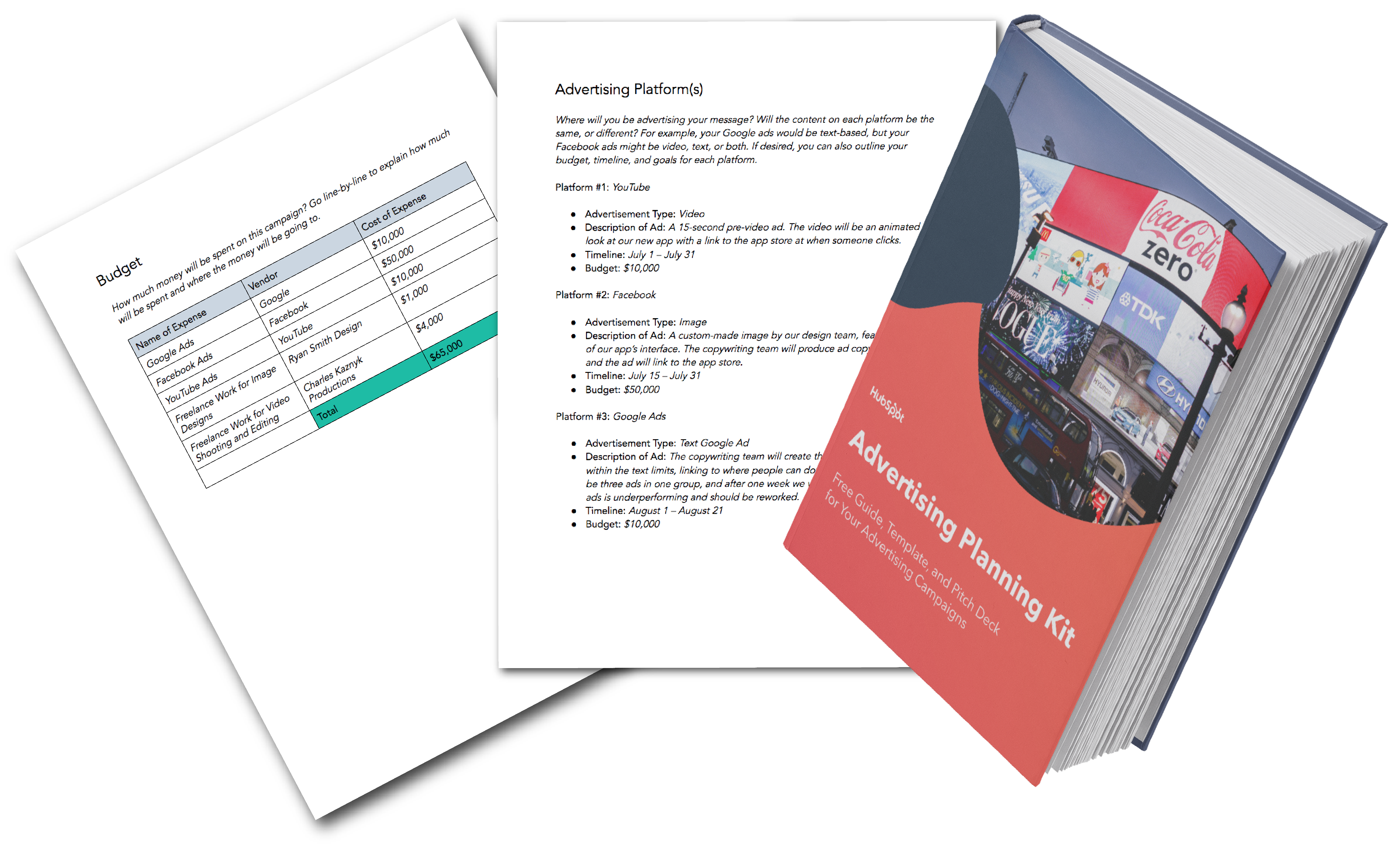 Download for Free
Download for Free The All-time Advertizement Campaigns of All Time (And What Made Them
1. Nike: Just Do Information technology.
Advertisement Campaign: Print, Goggle box, Net
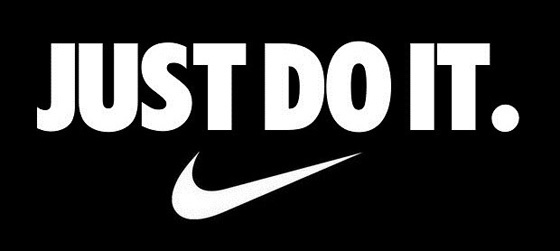 Source:
Source: The Lesson
two. Coke: Share a Coke
Advertising Campaign: Print
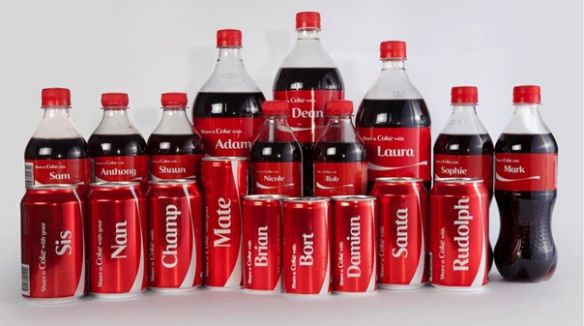
The Lesson
3. Absolut Vodka: The Absolut Bottle
Ad Campaign: Print
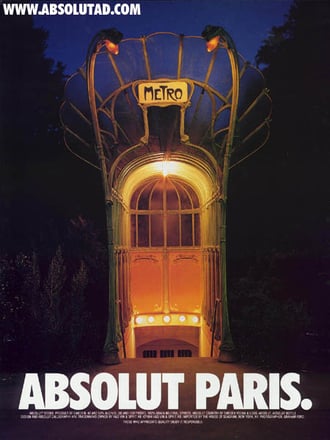
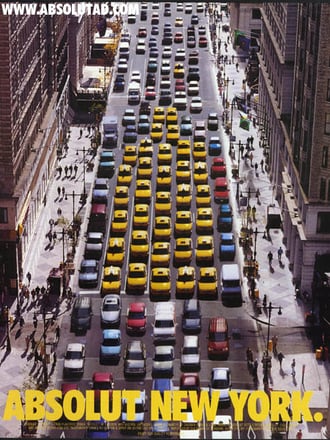
The Lesson
4. Anheuser-Busch: Whassup (1999)
Advert Campaign: Goggle box
The Lesson
5. Miller Lite: Keen Taste, Less Filling (1974)
Ad Campaign: Print, Television
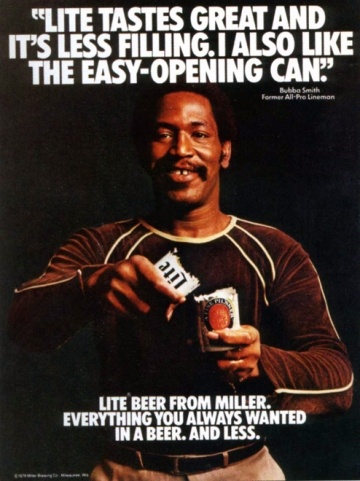
The Lesson
6. Always: #LikeaGirl (2015)
Ad Campaign: Telly, Net
The Lesson
7. Volkswagen: Think Minor (1960)
Standalone Advertising: Print
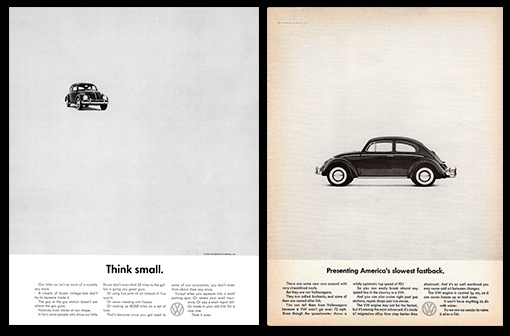
The Lesson
8. Google: Year in Search (2017)
Advert Entrada: Internet
The Lesson
nine. Dos Equis: The Most Interesting Human in the World (2006)
Advertizement Campaign: Telly, Pre-ringlet
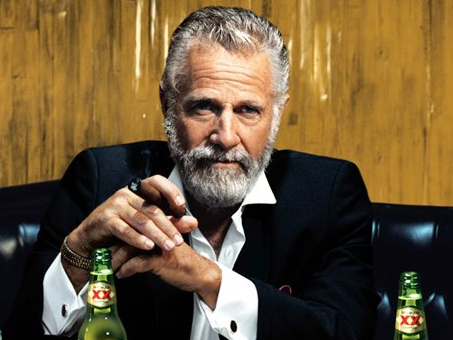
The Lesson
10. California Milk Processor Board: Got Milk? (1993)
Ad Campaign: Print
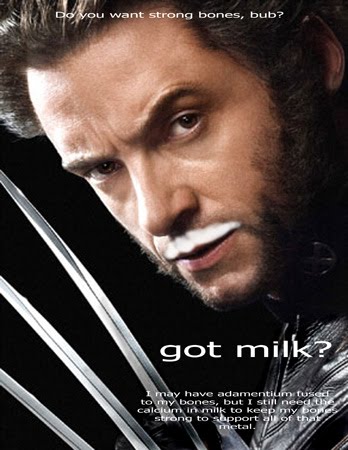
The Lesson
xi. Metro Trains: Dumb Ways to Die (2012)
Ad Campaign: Internet, Radio
The Lesson
12. Apple: Get a Mac (2006)
Advertisement Campaign: Television
The Lesson
xiii. Clairol: Does She or Doesn't She? (1957)
Standalone Advertisement: Print
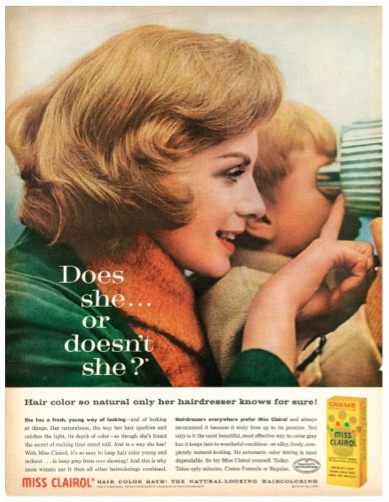
The Lesson
xiv. De Beers: A Diamond is Forever (1999)
Advertisement Campaign: Print, Television
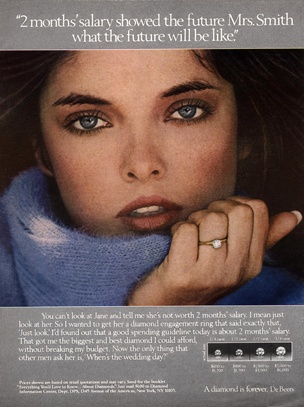
The Lesson
xv. Old Spice: The Homo Your Man Could Smell Like (2010)
Advertising Campaign: Television, Cyberspace
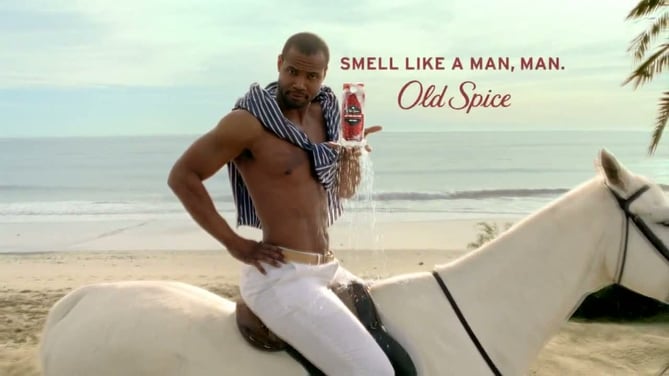
The Lesson
16. Wendy'southward: Where's the Beef? (1984)
Ad Campaign: Impress, Television
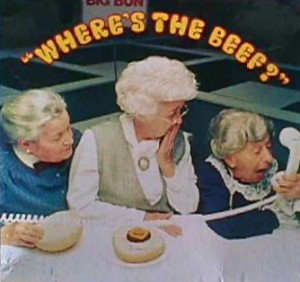
The Lesson
17. Procter & Gamble: Thank You, Mom (2012)
Ad Campaign: Television
The Lesson
eighteen. KFC: "FCK" (2018)
Standalone Ad: Print
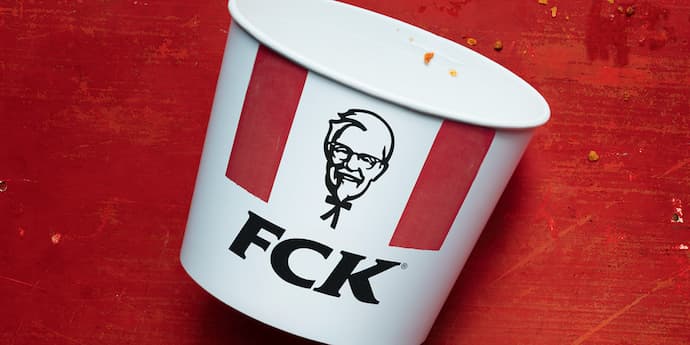
The Lesson

How Are These Ads Different,
Source: https://blog.hubspot.com/marketing/best-advertisements
Posted by: urestiboure1963.blogspot.com


0 Response to "How Are These Ads Different"
Post a Comment